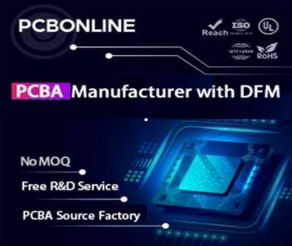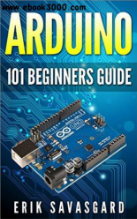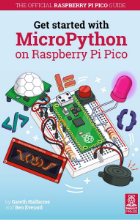

Applications and Features of Electric Linear Actuators


Actuator Features
There are as many actuators as there are industries for them to be used in – actuators are endlessly customisable, and even in their original format are very useful in a huge variety of different equipment and processes. The most usual features found in actuators are as follows: Miniaturisation Mini linear actuators are, as the name implies, smaller than the norm when it comes to actuators. This is a common feature, since our technology shows a propensity for miniaturisation in everything, from phones to screwdrivers (although not many screwdrivers use actuators). A miniature actuator is usable in a lot of equipment, such as chairs, which may require smaller actuators than normal, or the smaller functions in a robot such as its finger and arm movements. Miniature actuators are also useful for fitting into smaller spaces in general – they don’t take up so much room, and so can be used in more equipment than a normal sized actuator would. Strength Actuators which are made specifically for the heavy lifting duties are normally referred to as heavy duty actuators. These are the actuators which are made with materials which are specifically made to withstand lots of pressure and weight beyond what is normally expected of an actuator. Heavy duty actuators have this feature so that they can be installed into equipment which normally has to withstand a lot of pressure, or perhaps goes through a lot of work over the course of a day.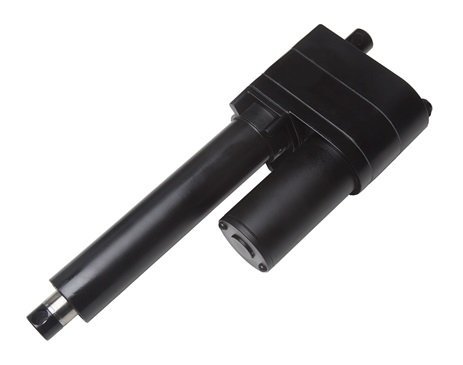
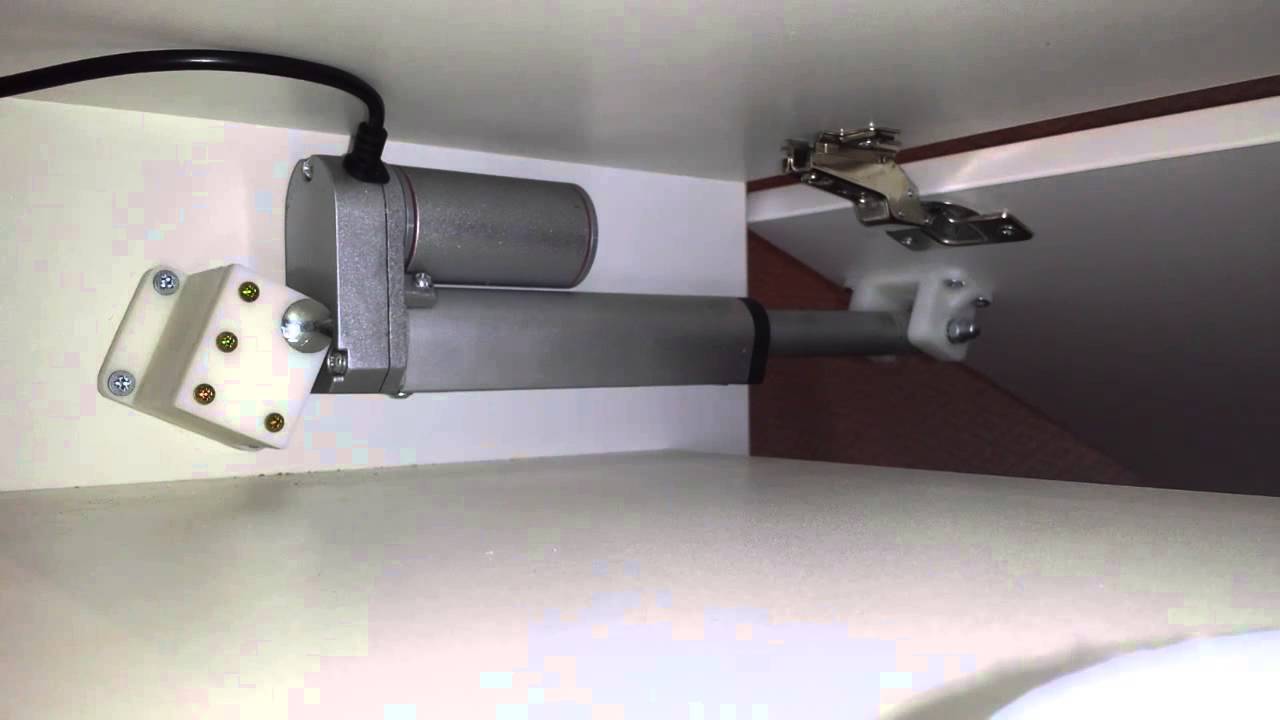
Conclusion
There are many applications and features of modern linear actuators, and we are finding more ways to use them all the time as our understanding of technology advances. This article only gives a few examples of both applications and features, but hopefully it will be enough to start off someone who is learning about linear actuators and what they can do, and will encourage them to go and look elsewhere for more information.×
![]()








 1 user
1 user






 Continue Wishlist
Continue Wishlist





 Getting Started Guide
Getting Started Guide
 Help Center
Help Center
 Contact us
Contact us
 Doist Blog
Doist Blog
 Privacy
Privacy
 Security
Security
 Terms of Service
Terms of Service
 What's new: Channel Descriptions
What's new: Channel Descriptions





 Tutorials
Tutorials syedzainnasir
syedzainnasir 1 Comments
1 Comments





 Applications and Features of Electric Linear Actuators
Applications and Features of Electric Linear Actuators

 Wednesday, December 27, 2017
Wednesday, December 27, 2017




